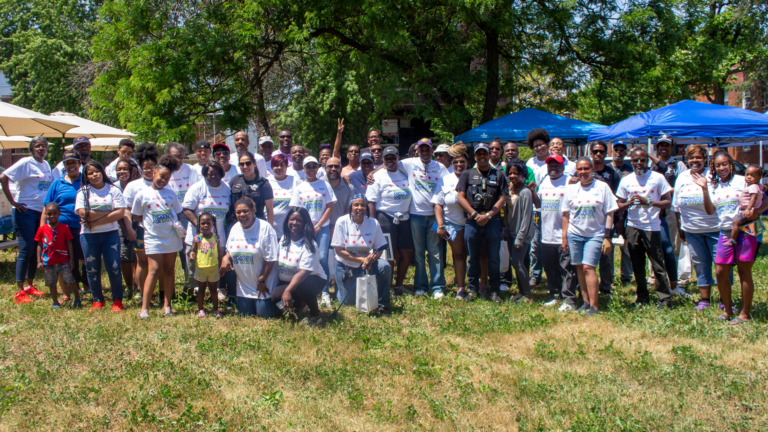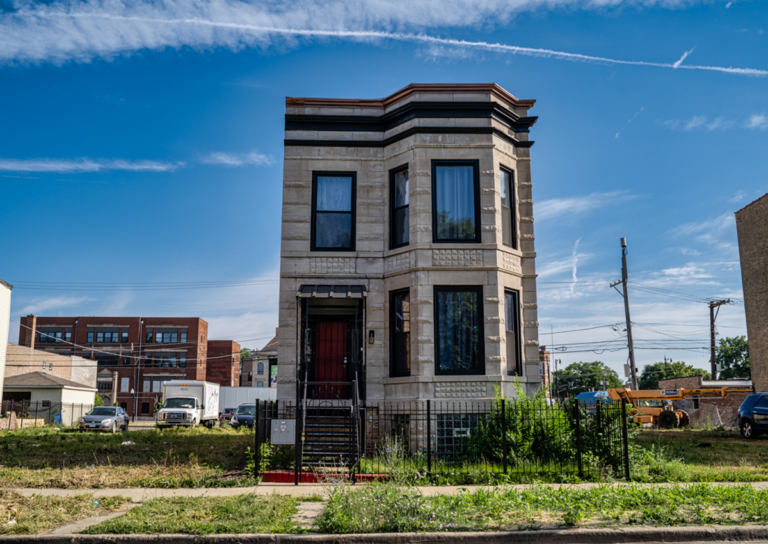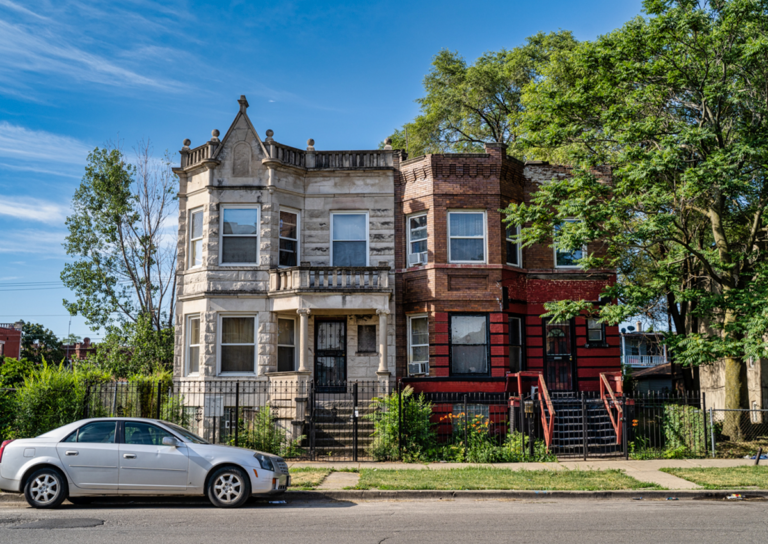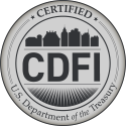General Instructions for Registering in DUNS / SAM
General Instructions for Registering in DUNS / SAM
If you have not previously registered in DUNS or SAM, read all instructions below before you register in these systems.
IMPORTANT FACTS
- All organization/entity information MUST BE IDENTICAL IN BOTH DUNS and SAM.
- You cannot enter one address for DUNS and then a different address for SAM. This will cause a system error and result in significant delays.
- You cannot have unequal spacing between words in the primary contact information fields. Be very precise when entering all data.
- Certain internet browsers work better than others for navigating the SAM system. If you have technical difficulties, read “Browser Settings for Optimal Use of SAM”: https://inside.fws.gov/media/FinancialAssistance/Documents/Browser%20Use%20of%20SAM.pdf
- Obtaining a CAGE or NCAGE code is an important first step in this process. Please scroll to the
“Definitions” section below for further information. - For SAM Customer Service, contact:
- Federal Service Desk: www.fsd.gov
- US Calls: 1-866-606-8220
- International Calls: 334-206-7828
- You may also contact your DIC point of contact
- There is no registration fee for DUNS or SAM for any organization that is a (or is applying for) financial assistance recipient of the US government, including contracts, grants, and cooperative agreements. There are businesses that will assist in registration for a fee, but you are not required to make payment to any DUNS representatives for purposes of contracts, grants, or cooperative agreements
SAM INSTRUCTIONS TO READ PRIOR TO REGISTRATION
- Go to http://www.sam.gov
- Click on the “Help” Tab.
- Click on the “FAQs” Tab, read the “SAM User Help” information
- Click on the “User Guides” tab, then the “Quick User Guides” tab below
- Read the “Quick Start Guide for Entities Interested in Being Eligible for Grants.” https://www.sam.gov/sam/transcript/Quick_Guide_for_Grants_Registrations.pdf
- Click on “Full User Guide” and download full instructions for completing SAM registration.
This guide contains step-by-step screen shots to assist in the registration process. - Also under the “User Guides” tab are “Demonstration Videos:”
- SAM Overview Video
- Register a New Entity in SAM to be Eligible for Grants and Other Federal Assistance
- Migrating Your Legacy System Roles
- For SAM frequently asked questions (FAQs), go to: https://www.sam.gov/portal/public/SAM/
- Once you have read through the formal instructions on the SAM website, you can use the instructions below for basic reference when entering SAM organizational information.
- If you are awaiting an assistance award from DIC, please email your Grant Specialist once you have
completed SAM registration.
BASIC INSTRUCTIONS FOR COMPLETING SAM ENTITY REGISTRATION
- First, complete DUNS registration for your organization. See below for DUNS information.
- Create a Personal Account and Login
- Click “Register New Entity” under “Manage Entity” on your “My SAM” page.
- Select your Entity type
- Select “NO” to “Do you wish to bid on contracts?”
- Select “YES” to “Do you want to be eligible for grants and other federal assistance?”
- Complete “Core Data”
- Validate your DUNS
- Enter Business Information
- Enter CAGE code if you have one. If not, one will be assigned to you after you have completed your
registration. Non-domestic registrants must enter NCAGE code. - Enter General Information (business type, etc.)
- Financial Info (EFT)
- Proceedings detail
- Complete “Point of Contact”
- The entity’s registration should be active in 3-5 business days (10 business days for manual validations.)
DEFINITIONS
DUNS Number
Dun & Bradstreet (D&B) provides a DUNS Number (a unique nine-digit identification number) for each physical location of your business. DUNS Number assignment is FREE for all businesses required to register with the US Federal government for contracts or grants
If your organization does not have a valid DUNS number, you must request one using one of the methods below. Regardless of the method used, requesting the DUNS number for the first time is free of charge. Please be aware that requesting and renewing a DUNS number may take up to 30 business days.
- Via the DUNS website at http://fedgov.dnb.com/webform
- The DUNS website has information available in English only. Requesting a DUNS number is free of charge.
- Via an international DUNS office:
If your organization already has a DUNS number, please verify that it is valid. The DUNS number must be renewed on an annual basis by either of the two methods below:
- Directly through the DUNS website. No fee is charged.
- Contacting the international DUNS office in your country. A fee is charged depending on locality and urgency of request. Contact information can be found here: http://www.dnblatam.com/DUNSRequest/ESP_Contacts.asp
CAGE and NCAGE Code in SAM
The Commercial And Government Entity (CAGE) Code is a five-character ID number used extensively within the U.S. federal government, assigned by the Department of Defense’s Defense Logistics Agency (DLA). The CAGE code provides a standardized method of identifying a given facility at a specific location. CAGE codes for entities located outside the United States are called NATO Commercial and Government Entity (NCAGE) codes. NCAGE codes are assigned internationally as part of the NATO Codification System (NCS), and are required for all foreign entities or the registration will be considered incomplete. A CAGE code or NCAGE code will be automatically assigned to you as a part of your entity’s registration in SAM. NCAGE is required for all foreign entities or the registration will be considered incomplete. Information on how to obtain NCAGE codes may be found at http://www.dlis.dla.mil/Forms/Form_AC135.asp
The DLA is the government agency responsible for administering CAGE codes. You should email or call the DLA Customer Interaction Center to clarify the error. Agents are available 24 hours a day, 7 days a week, including holidays. Once the error is cleared then you can go back in SAM and resubmit your registration.
- Toll Free: 1-877-352-2255
- Commercial: 1-269-961-7766
- Email: dlacontactcenter@dla.mil
To research or cross reference what is registered on a recipient’s CAGE or NCAGE code account you can visit the DLA’s website (http://www.logisticsinformationservice.dla.mil/BINCS/begin_search.aspx) and search by “DUNS” or the “Name” of the entity to see CAGE or NCAGE code registration information.
SWIFT Code
SWIFT code is a standard format of Bank Identifier Codes (BIC) and it is a unique identification code for a particular bank. These codes are used when transferring money between banks, particularly for international wire transfers. Banks also used the codes for exchanging other messages between them. The SWIFT code consists of 8 or 11 characters. When 8-digits code is given, it refers to the primary office.
- First 4 characters – bank code (only letters)
- Next 2 characters – ISO 3166-1 alpha-2 country code (only letters)
- Next 2 characters – location code (letters and digits) (passive participant will have “1” in the second
character) - Last 3 characters – branch code, optional (‘XXX’ for primary office) (letters and digits)
Currently, there are over 7,500 “live” SWIFT codes. The “live” codes are for the partners who are actively connected to the SWIFT network. On top of that, there are more than 10,000 additional codes, which are used for manual transactions. These additional codes are for the passive participants. The registrations of SWIFT Codes are handled by Society for Worldwide Interbank Financial Telecommunication (“SWIFT”) and their headquarters is located in La Hulpe, Belgium.
NAICS
The North American Industry Classification System (NAICS) is the standard used by Federal statistical agencies in classifying business establishments for the purpose of collecting, analyzing, and publishing statistical data related to the U.S. business economy. You DO NOT need a NAICS code if you are a non-governmental organization applying for a grant.






